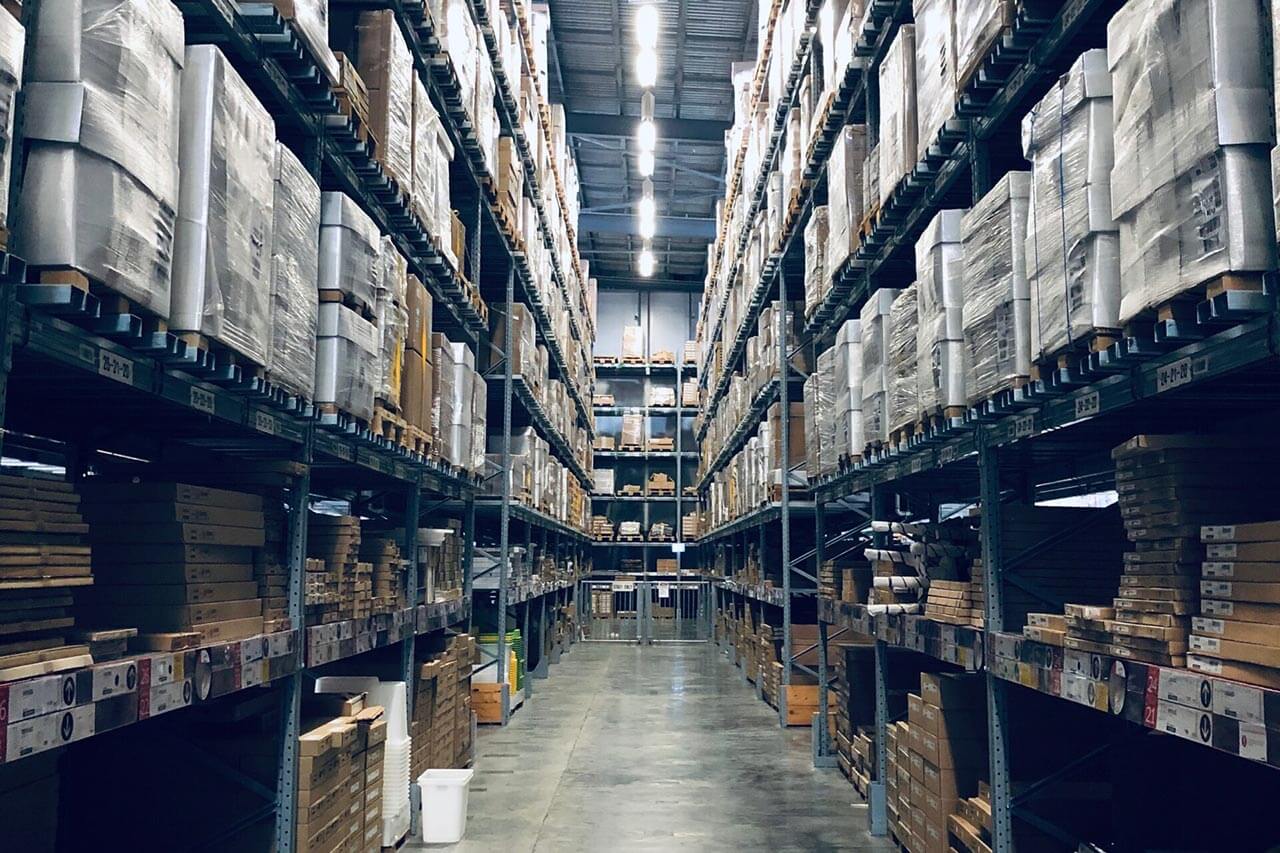Every part of the supply chain industry has a specific role that ensures products move efficiently and quickly to their destinations. To accomplish this, businesses often rely on warehouses to store, organize, and protect their goods. Although often overlooked, leveraging warehouses is a very important facet of the supply chain process.
Having a central location for all of their products ensures that businesses can operate as efficiently as possible. This maximizes profit and customer satisfaction. Without it, common things such as inventory, fulfillment, and storage become much more difficult.
Article Overview
Improved Inventory Management
Small businesses often struggle to keep an accurate count of their inventory. More than 40% of them reported that they do not track their inventory at all. Another 34% of retail businesses reported that they accidentally sold an item that was out of stock, which led to delays and customer dissatisfaction. This kind of negligence can cause big issues for shipping and customer service. Businesses may struggle to fulfill their orders due to a lack of awareness of their capacity. To meet the demand of the consumer, businesses must be able to track their supply.
Utilizing a warehouse for product storage can solve the problem of inaccurate inventory, saving a business time and money in the process. Many 3PL warehouses use advanced inventory tracking methods that accurately keep track of everything stored. For example, many warehouses that store pharmaceutical medications use a form of barcode technology to track their supply and distribution. This strategy reduced human error by over 40%. This is even more impressive when considering the adverse side effects of improperly distributing something as important as medications. These strategies take the guesswork and last-minute counting out of the equation entirely. This gives businesses confidence in their capacity to meet the demands of the consumers. When most businesses in the U.S. have an inventory accuracy of just 63%, it becomes even more advantageous to those who set themselves apart by utilizing a warehouse for product management.
Risk Management and Product Insurance
Did you know that almost ¾ of all over-the-road freight in the U.S. consists of perishable items, such as refrigerated groceries, medications, and even artwork? That means that most of the trucks on America’s roads need a place to unload their products to ensure safe storage until it’s transferred to their final destination. Having a warehouse with cold storage capabilities can protect even the most vulnerable of perishables. This gives businesses flexibility in their shipping and storage. They would have access to large, organized facilities for their inventory to sit until it is ready to be moved. Reducing the amount of time that perishables spend on the road or changing storage locations improves the product’s quality and shelf life. It also prevents outside contaminants caused by excessive moving.
Products in a warehouse can also be insured. Coverages are available to protect against damages caused by theft, vandalism, and natural disasters. Most cargo insurance policies will cover items during transit and short-term storage, but this usually does not extend to commodities stored for longer periods in a warehouse. Many 3PL warehousing industries already have insurance against potential damages, but there are many other insurance options for those wishing to own and operate their warehouse.

Warehousing Trends and Advancements
Technological improvements such as GPS tracking systems, state-of-the-art management systems, and instant forms of communication have transformed the supply chain industry. Warehouses are no exception to this trend. Advancements in automation and inventory tracking contribute heavily to their success. Warehouse automation could grow 14% at a yearly compound rate over the next decade. Warehouse employees will be able to track inventory as it progresses through the supply chain using RFID tags and GPS. Smart sensors can read the temperature and movement of particular products, which provides instant updates on fragile or perishable goods.
Although worrisome for the human workforce, utilizing more robotics can decrease costs and increase efficiency. Drones can zoom around the building at twice the speed of a normal worker. They can fly up to tall shelves to scan barcodes that can’t be easily reached. Automated forklifts with exact instructions programmed into their hardware may one day replace human operators.
The market for 3PL warehousing and storage could expand by 7% over the next 5 years. This will compound one of the biggest problems that the industry faces moving forward: space. Only 4% of all existing commercial warehouse reality is available for use. The other 96% is leased full or part-time. This presents a problem for businesses needing space to store their products. Some businesses have even resorted to using shipping containers as makeshift warehouses. Businesses will need to plan accordingly or consider alternative storing methods that fit their needs in the meantime.
Warehouses Remain Critical to the Supply Chain
Despite the challenge of available capacity, warehousing remains one of the best practices that a business can employ to improve the efficiency of its supply chain. Warehouses provide the space for all products in a centralized location, preferably close to major cities and ports. Not only do they have the space for large quantities of goods, but many of them have the facilities to house perishable or fragile products in a safe environment for longer periods. They make the process of inventory management and distribution much easier and more reliable, leading to increased customer satisfaction and profits. Although their presence is often understated in the grand scheme of the global supply chain, their importance should not be overlooked.






